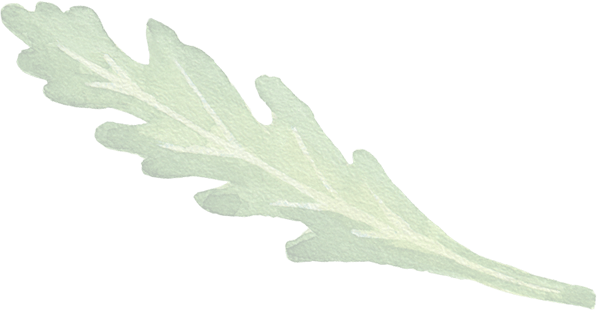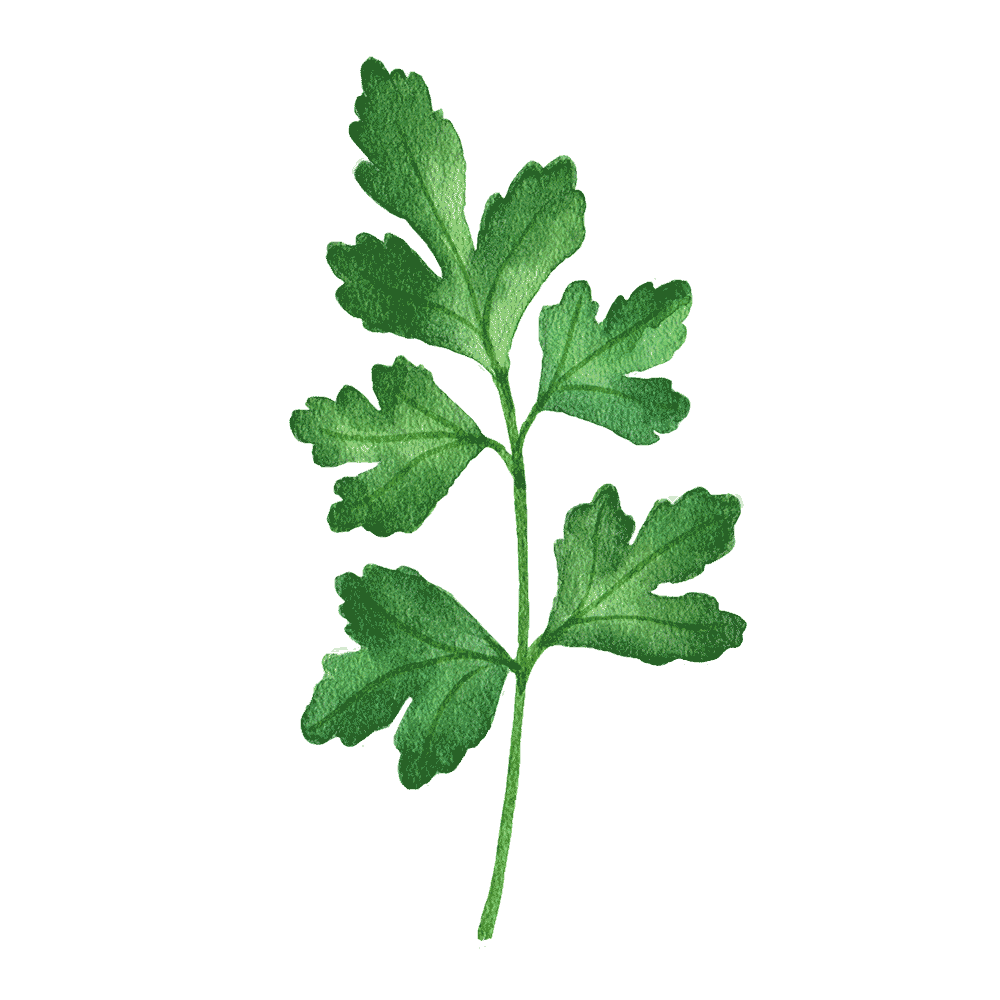Raised Beds Are Great for Many, but Not All, Edible Plants
The purpose of a raised-bed kitchen garden is to create an ideal space where you can easily grow and tend a wide variety of plants. We're big fans of raised beds around here, but that's not to say that every single edible plant can or should be grown in them.
Let's look at commons reasons you might keep certain plants out of your raised-bed garden.
At a Glance
- Some plants, like rhubarb and melons, grow too large for raised beds, unless you want to devote your entire raised bed to these crops.
- It's best to reserve your raised bed space for mostly annual plants, so perennials like asparagus and blueberries should be kept out.
- Perennial flowers and native plants don't need special soil and do better when planted right in the ground.


Learn the Easiest Way to Grow Your Own Food
The Easy Garden Kit makes growing your own food simple and stress-free. Everything you need for success is included: the top 10 easiest seeds to grow, a detailed video course, a raised bed setup guide, planting plans, a growing guide, and a delicious recipes book for when you harvest.
Some Plants Grow Too Large for Raised Beds
Ever visited a corn maze? They're fun, right? But picture how tall those rows and rows of plants were around you; now, imagine trying to harvest a corn husk from the very top of the towering stalk when that plant is already 2 feet off the ground in a raised bed. You'd need a ladder, and that defeats one of the reasons we grow in raised beds in the first place, which is to put the plants on your level.
Other plants take up too much horizontal space. Your raised beds are precious real estate, and every square foot counts. It doesn't make sense to grow something like rhubarb, which needs 4 sq.ft. of space per plant, when you could instead give that same amount of space to a tomato plant, some kale, and several herbs. (Unless, of course, rhubarb is your favorite food.)
Some Plants Take Too Long to Grow in Raised Beds
We're talking the same time commitment as raising a child. One such plant, asparagus, takes three years before yielding its first crop and can live over 20 years!
Other plants, such as perennial flowers, only live a couple years. However, I've found it's nice sometimes to be able to pull everything from your raised beds at the end of a season, add some compost, and start fresh without having to worry about not disturbing plants that want to live another year or so. Plus, many flowers do perfectly fine growing in the ground. I plant many perennial flowers in a pollinator garden next to my raised beds (where they can attract all the beneficial insects to my kitchen garden).
A list of plants not to grow in your raised beds:
- Potatoes
- Asparagus
- Artichokes
- Rhubarb
- Corn
- Wheat
- Rice
- Winter squash
- Watermelons
- Broccoli
- Cauliflower
- Romanesco
- Perennial flowers
- Blueberries
- Blackberries
- Raspberries
- Lemon balm
- Mint
- Anise hyssop
- Yarrow
Now, let's take a closer look at some of these and explore how you can grow them instead.
Potatoes Are Best Grown in the Ground
The humble potato likes to be grown a bit differently than many of the other plants you'll nurture in your kitchen garden.
Potatoes take up a lot of space and thrive in a different soil pH level (they prefer more acidic). If you do plant them in a raised bed, you also might regret it come harvest time. It's hard to dig up all those delicious underground treasures without disturbing every single neighboring root!
I grow most of my potatoes in large barrel planters, and I usually tuck any extra sprouted potatoes throughout my pollinator garden. You can grow your potatoes wherever you've got at least 6 to 8 hours of sunlight.
→ Explore our guides on growing potatoes in the ground or in large containers. (And if you still want to try growing potatoes in raised beds, here's how one of our garden coaches makes it work.)
Corn and Wheat Need to Be Planted in a Row Garden or Large Field
Corn and other crops from the Gramiaceae family are best grown in rows by the dozens, if not hundreds—think of the tightly packed fields in states like Iowa, Illinois, or Nebraska—to ensure proper pollination. Grains will not only take up space in the garden for a long time before giving you a harvest (over 120 days), they'll also grow tall and towering, which, like I said before, would make tending them in a raised bed even more difficult.
That being said, if you want to grow corn in your raised beds to try something different, look for a dwarf variety and plant in tight blocks.
Large Squash & Melons Need Space to Spread Horizontally
Because they tend to take up so much space, growing melons in raised beds is usually not worth the effort. I do grow vining cucumbers in my raised beds, but I save the squash, pumpkins, watermelon, and gourds for my squash patch to give them all the room they need to really spread out. My patch is farther away from the back door, which wouldn't work well for the daily tending a kitchen garden requires, but works perfectly for this low-maintenance patch.
If you do want to grow squash or melons in your raised beds, you have two options. The first is to use a trellis to grow them vertically. This works best for mini melons and pumpkins. Even though they're not vining, summer squash and zucchini can also be trained up a small trellis.
Your second option is to plant them on the very edge of your raised bed and train their vines over the side. Be prepared for the pathways around your raised beds to look a little wild and overgrown very soon.
→ Explore our guides to growing watermelon and squash in a raised bed.
Broccoli, Cauliflower, & Romanesco Grow Too Large for Raised Beds
These plants need several square feet each to themselves in your raised beds. They do better when they're planted in rows or mounds to give them plenty of space and sunlight. If you've read my book, Kitchen Garden Revival, you'll know that I gleefully throw out the plant spacing recommendations on the back of seed packets, but I actually do recommend following their suggestions if you're determined to grow your own broccoli, cauliflower, or romanesco.
Instead of devoting so much space in your raised beds to these guys, you can set up your own in-ground row garden in a sunny area of your yard by laying cardboard over your existing soil and then adding a thick layer of compost, hay, or chopped leaves that will break down over time. Top off with another 3 inches of compost before planting. This is called lasagna gardening, and it's the same method you can use to grow watermelons and squash.
If you want to grow just a couple heads at home, I recommend growing these in a large container. You'll need to give each plant its own space. I usually turn the barrel planters that hosted my potatoes over to broccoli in the fall.
Blueberries, Blackberries, & Raspberries Are Bushes That Should Grow in the Ground
Perennial berry plants will live in your yard year round after being planted in early spring or fall, and they also need a more acidic soil than your veggies. You should plant one raspberry or blueberry bush every 2 square feet and one upright blackberry every 3 feet. Fruiting plants don't like competition, so avoid growing other needy crops or letting weeds pop up around them.
I love growing raspberries and blackberries up an arch trellis. These plants are natural climbers and will eventually fill in the arch beautifully.
If you like container gardening, look for a compact blueberry plant that grows well in your area and set it in the sunniest spot you can find.
Spreading Herbs Will Take Over Your Garden
Do not, I repeat, absolutely do not plant mint in your raised beds. Unless you want to.
Mint, lemon balm, yarrow, and anise hyssop should be grown away from the rest of your kitchen garden plants because they never learned to play nicely with others. These herbs like to take up lots of space and will send runners underground to elbow right past the tender roots of other plants to get that space.
I actually plant mint in my herb container right next to all my other herbs because I'm okay with mint taking over in a couple of years. But if you're a rule-follower or an anxious plant-parent, grow these guys in their own pot or container, or plant them in an in-ground garden where you don't mind letting them slowly conquer all.
Shop the Herb Container I Designed!
Grow your own fresh herbs right in your own Gardenary container.
Product Features:
- Food-grade galvanized stainless steel to safely grow your own herbs and salad
- Drainage holes to avoid over-watering your herbs or salad greens
- Water tray to collect excess water and avoid messy overflow
- Measures 23" long (with handles) x 9 1/4" wide x 6 3/4" tall
Perennial Flowers Do Better in the Ground
Perennial flowers like bee balm, echinacea, and black-eyed Susans thrive in your native soil. They don't need any special growing conditions, and they often grow quite tall and spread wide. The same goes for annual flowers that grow really tall, like sunflowers, cosmos, and even zinnias.
I recommend planting these flowers in an in-ground pollinator or native plant space around your kitchen garden. They'll attract tons of beneficial insects and improve the overall health of your garden space.
→ Check out our guides to setting up a pollinator garden or native plant garden space.
Download a list of my top native plants to grow
These tried-and-true favorites are handpicked by me to help you save time on maintenance, attract pollinators naturally, and grow in your climate with less water and care. Whether you're just getting started or want to add more beauty and balance to your space, this one-page guide gives you the perfect list to grow confidently.

So... What Plants Should You Grow in a Raised Bed?
I'm glad you asked. You have many options to choose from!
Herbs that do well in raised beds include thyme, oregano, rosemary, basil, lavender, dill, parsley, and cilantro. → Check out our complete herb guide to get started.
For leafy greens, you could do lettuce plants, arugula, spinach, and mizuna if your beds aren't very deep, and then kale, Swiss chard, and cabbage if you've got at least 18 inches of depth. → Explore our top 10 salad greens to grow at home.
Root crops like carrots, radishes, and beets thrive in raised beds at least 12 or 18 inches deep. → Read our complete guide to growing roots.
My favorite fruiting plants to grow in raised beds include beans, peas, peppers, eggplant, and tomatoes. → Choosing which fruits and veggies to grow can be overwhelming, so start here with 5 of our favorites.
We've got all the resources at Gardenary to help you learn how to plant, tend, and harvest yummy things from a productive and beautiful kitchen garden. We're taking the guesswork out of gardening, and we're so glad you're here. Thanks for helping us bring back the kitchen garden!















